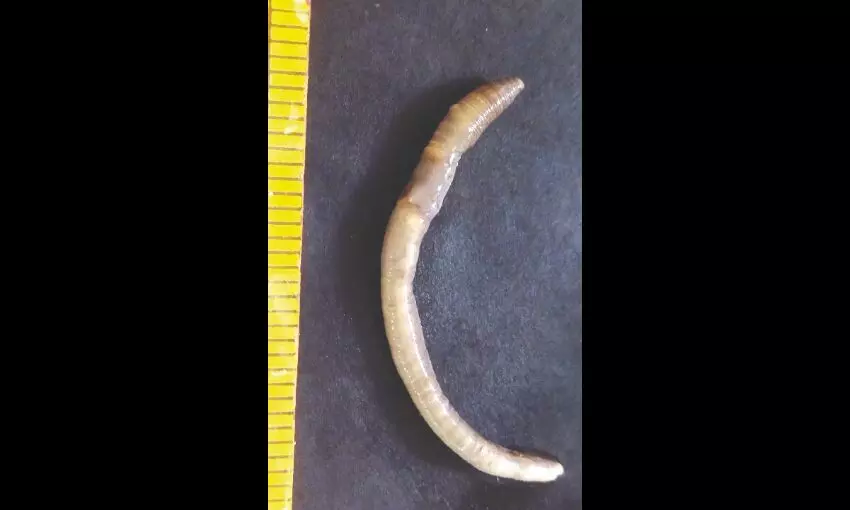Zoological Survey of India comes out with study identifying key soil bioindicators

Kolkata: The Zoological Survey of India (ZSI) has come out with a study identifying key soil bioindicators for 5 Bengal’s wildlife sanctuaries for the first time.
The study analysed the spatial distribution of earthworm species across wildlife sanctuaries — namely Ballavpur Wildlife Sanctuary, Bethuadahari Wildlife Sanctuary, Bibhutibhushan Wildlife Sanctuary, Raiganj Wildlife Sanctuary/Kulick Bird Sanctuary and Ramnabagan Wildlife Sanctuary — and came out with a detailed data emphasising the importance of earthworms in our ecology and how they can help in agriculture.
ZSI researcher, Shakoor Ahmed identified a total of 22 species belonging to 12 genera and 6 families.
The highest number of species were recorded at Raiganj Wildlife Sanctuary (n=15) followed by Bethuadahari Wildlife Sanctuary (n=14), Ballavpur Wildlife Sanctuary (n=11), Bibhutibhushan Wildlife Sanctuary (n=10) and Ramnabagan Wildlife Sanctuary (n=8).
Indicator Species Analysis, conducted by N Marimuthu, revealed 9 significant indicator species. Notably, all sanctuaries except Raiganj harboured at least one exotic species as an indicator.
In contrast, Raiganj, a prime bird nesting site, uniquely featured the endemic species Eutyphoeus nicholsoni as an indicator.
The findings, published in ‘Frontiers in Ecology and Evolution’, contribute to the understanding of earthworm diversity and its ecological significance in these protected areas.
Earthworms consume decaying organic matter, digesting it and excreting nutrient-rich vermicast.
This natural fertiliser, rich in nutrients and beneficial microbes, enhances soil health, promotes plant growth and offers a sustainable alternative to chemical fertilizers. Vermicomposting leverages earthworms to accelerate organic waste decomposition.
Dhriti Banerjee, Director of ZSI, emphasises the need to explore native earthworm species for vermiculture.
While non-native species are often used, focusing on native ones can help prevent the introduction of invasive species into agricultural ecosystems.
As vermiculture gains global popularity, identifying suitable native species is crucial for sustainable practices.
Earthworms, key soil organisms, play a vital role in maintaining healthy ecosystems.
They contribute to nutrient cycling, soil aeration and structure, enhancing soil fertility and supporting plant growth.



